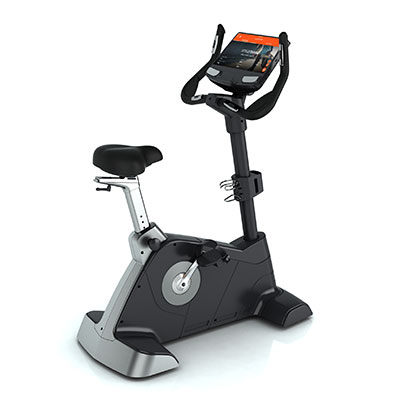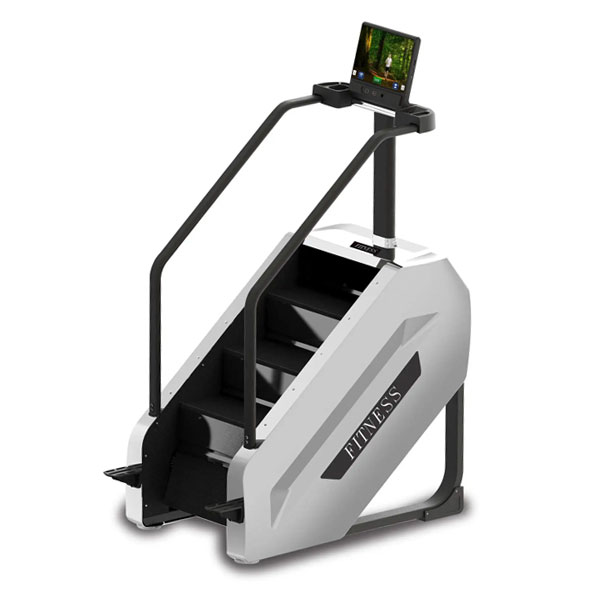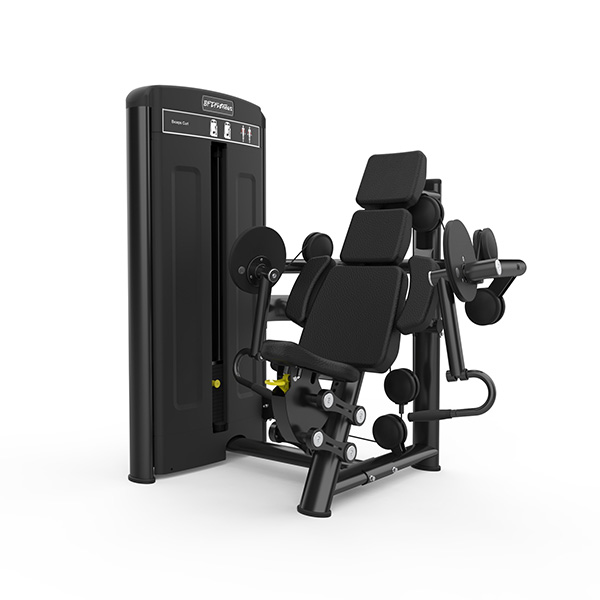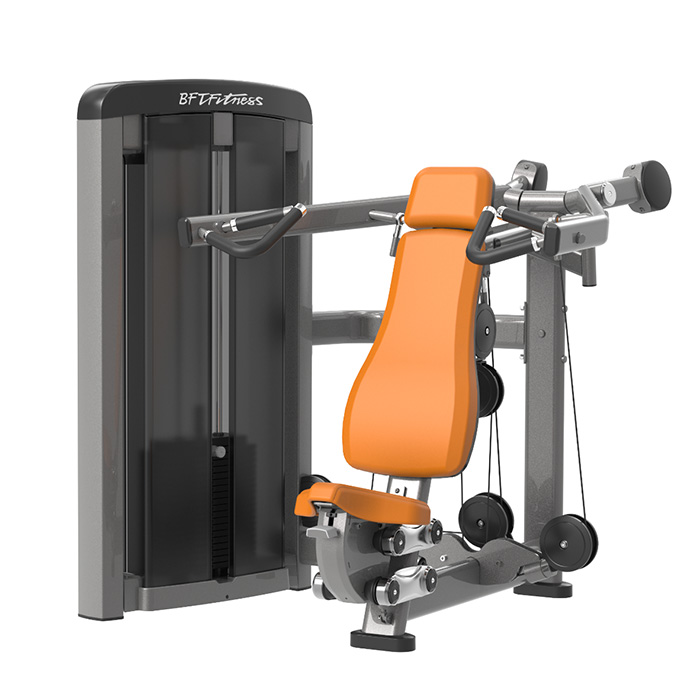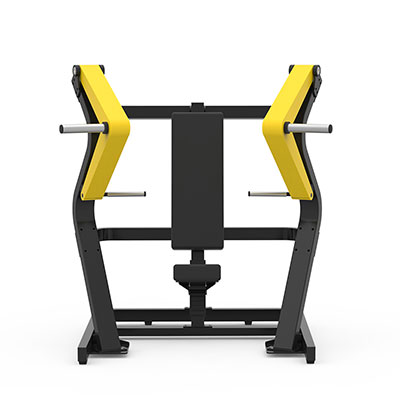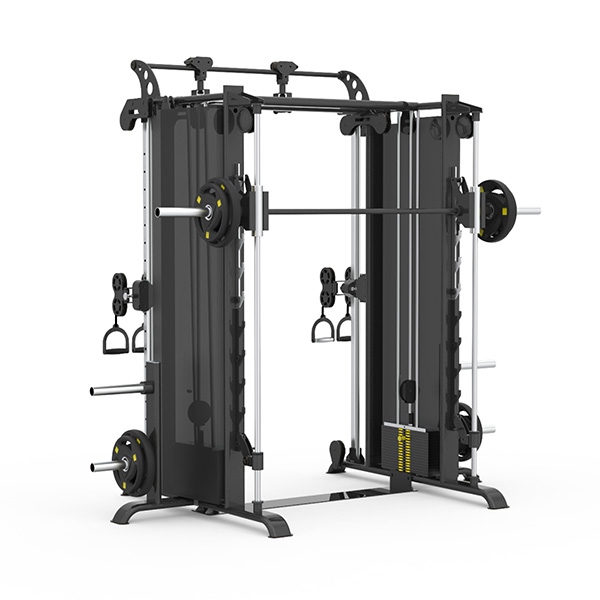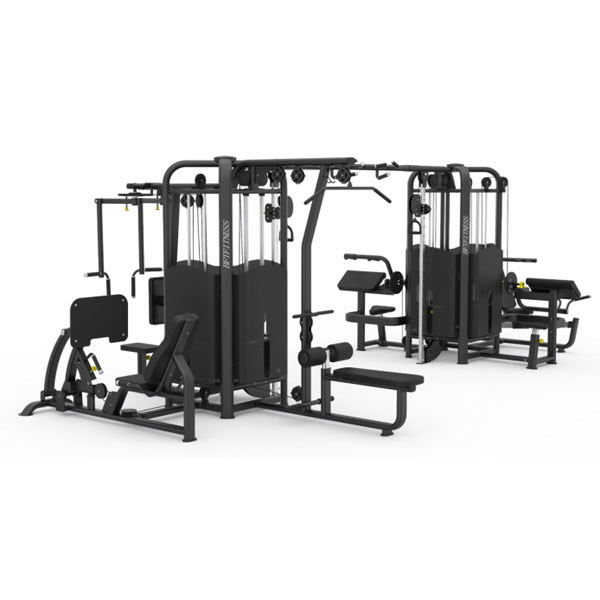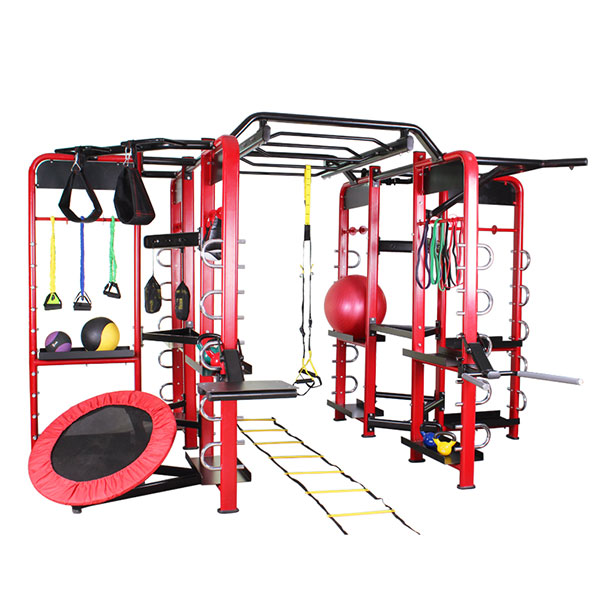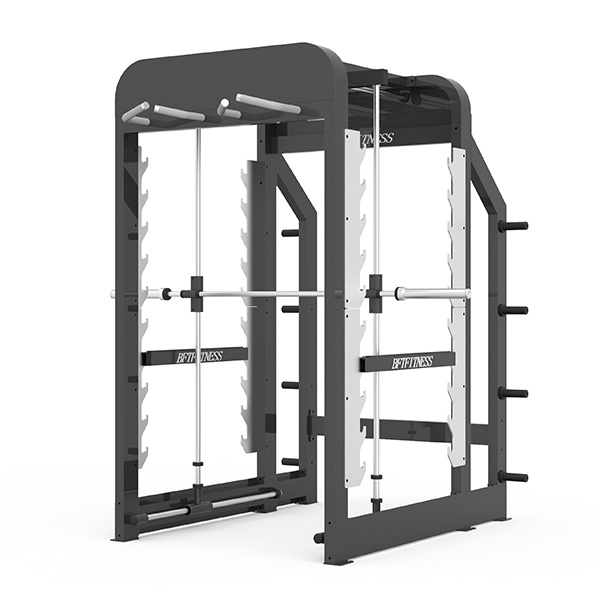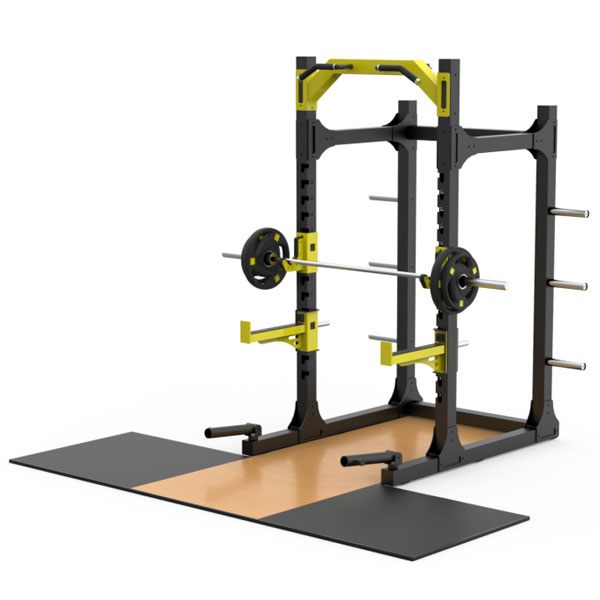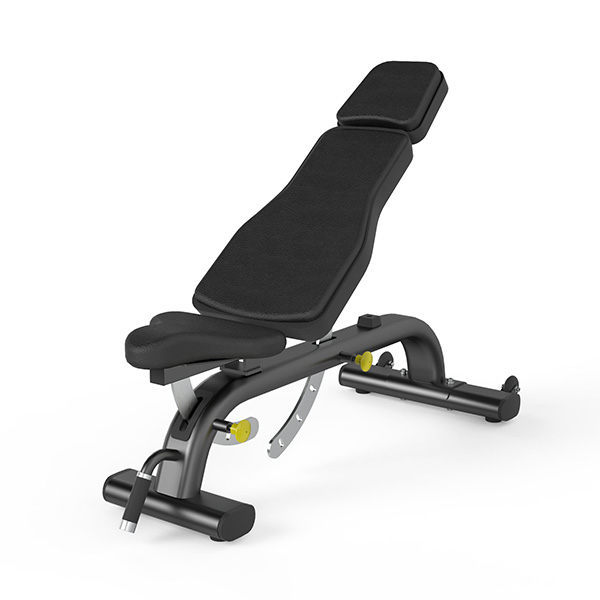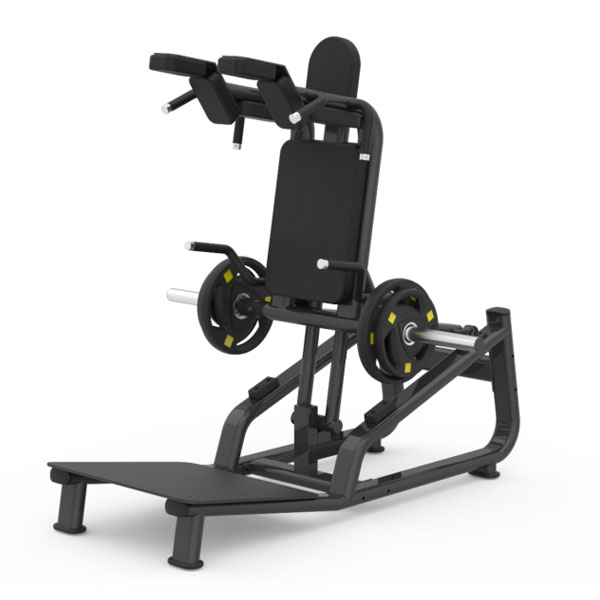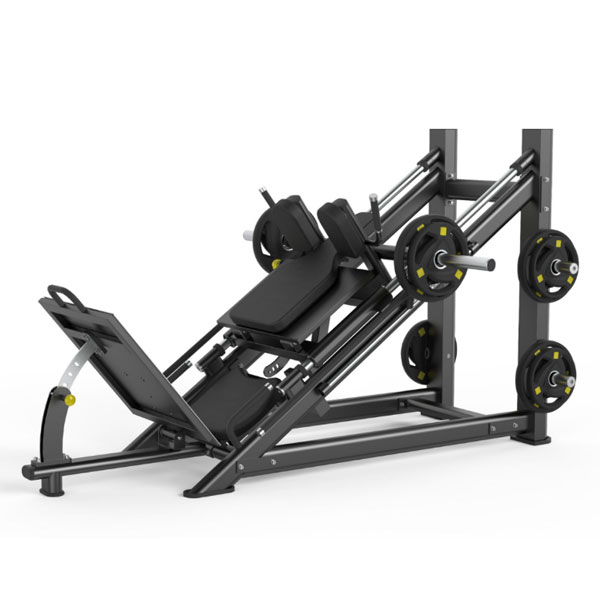How to Allocate Cardio and Strength Equipment in the Gym
Proper equipment allocation in a gym plays a vital role in enhancing the user experience, improving workout efficiency, and maximizing space utilization. Whether you're managing a commercial gym or setting up a personal fitness space, knowing how to distribute cardio and strength equipment is essential to cater to different workout preferences and optimize traffic flow. Here's a detailed guide on how to allocate cardio and strength equipment effectively in the gym.
1. Understand Member Demographics and Preferences
Before placing equipment, it's essential to understand your gym's clientele. Analyze the following factors:
- Age and Fitness Level: Younger members might lean toward strength training, while older clients might prefer cardio for endurance and heart health.
- Gender Distribution: Some studies show men tend to focus more on strength training, while women may prioritize cardio, though this varies greatly by individual goals.
- Peak Hours and Traffic Flow: Identify the most popular times for cardio and strength workouts. This will help you balance the number of machines needed during high-traffic times.

2. Define Dedicated Zones for Cardio and Strength Training
Designing distinct zones for cardio and strength training is crucial for organizing the gym layout.
- Cardio Zone: This area typically includes treadmills, ellipticals, stationary bikes, rowing machines, and stair climbers. Cardio zones should be located near the entrance or in highly visible areas as they are often the first stop for new members or beginners warming up.
- Strength Zone: Strength training areas, including free weights, weight machines, and benches, should be placed in areas with higher foot traffic for easier access and visibility. However, ensure there’s ample space for safe movement, especially near power racks and barbells, where users may need more room to lift safely.
3. Allocate Based on Popularity and Demand
The most popular equipment should be given prominence and more space. Allocate a higher number of machines or stations for equipment that gets frequent use.
- Cardio Equipment Allocation: If a large portion of your membership focuses on cardio, make sure to include a variety of machines, such as treadmills, rowing machines, and bikes. Generally, a gym with a balance of members should allocate around 40-50% of its equipment to cardio machines.
- Strength Equipment Allocation: Gyms that emphasize strength training should allocate around 50-60% of their space to strength equipment. Include a mix of free weights (dumbbells, barbells) and machines (leg press, chest press) to suit different training needs.
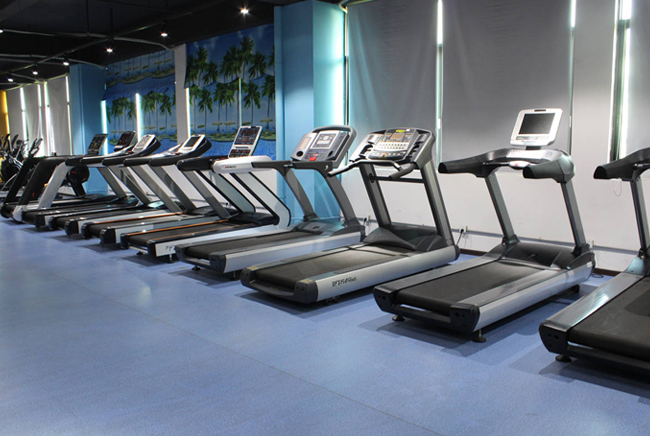
4. Consider Space and Layout
Efficient use of space is critical. When designing your layout, keep in mind these factors:
- Spacing: Ensure enough room between machines for users to move comfortably. The standard recommendation is to leave at least 3 feet between equipment for cardio and a bit more for strength areas due to the movement involved.
- Accessibility: Place the most frequently used equipment, like treadmills or weight machines, in easily accessible areas. You can place less frequently used equipment, such as stair climbers or battle ropes, toward the edges of the gym to maintain a clear flow.
- Visibility: Keep cardio machines, especially treadmills and ellipticals, facing windows or TVs to offer entertainment and keep users engaged. Strength areas, particularly free weights and squat racks, should be near mirrors to help members maintain form during lifts.
5. Create a Balance Between Free Weights and Machines
Strength training includes both free weights and machines, and it’s important to offer a balance. Allocate:
- Free Weight Area: This should be spacious, allowing for varied movement and accommodating multiple users. Include benches, barbells, and dumbbells of various weights.
- Machine Weights: Machines are more accessible for beginners and offer targeted muscle isolation. Group them by muscle group (e.g., leg machines in one corner, upper-body machines in another).
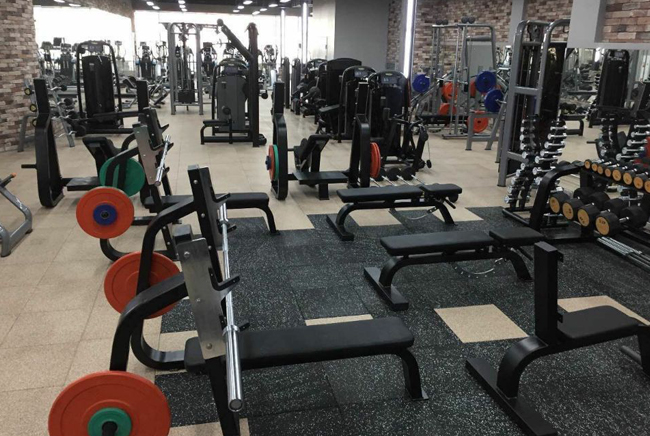
6. Plan for Group Fitness Areas
If your gym offers group fitness classes or functional training, allocate an area separate from the main cardio and strength sections. These areas can be used for circuit training, HIIT (High-Intensity Interval Training), or bodyweight exercises. This setup prevents crowding and allows members to enjoy uninterrupted workouts.
7. Focus on Traffic Flow
Designing the gym to ensure smooth traffic flow is essential for safety and convenience. Keep pathways between cardio and strength zones wide and accessible. Additionally:
- Place stretching or cooldown areas away from the main workout areas to avoid congestion.
- Ensure that gym-goers can easily move from cardio machines to strength areas without crisscrossing high-traffic zones.
8. Adapt to Member Feedback and Usage Trends
After the initial layout and equipment allocation, monitor how members use the gym and gather feedback. Are certain machines always in use while others sit idle? Are free weights too congested during peak hours? Adjust your allocation based on this feedback to ensure a smooth and satisfying workout experience for everyone.
Conclusion
Proper allocation of cardio and strength equipment in the gym requires careful planning and a good understanding of your gym's users. By creating dedicated zones, balancing equipment based on demand, and ensuring adequate space and flow, you’ll enhance the overall workout experience, making your gym both efficient and inviting. Remember, an adaptable layout that can evolve with changing trends and member needs is key to long-term success.




